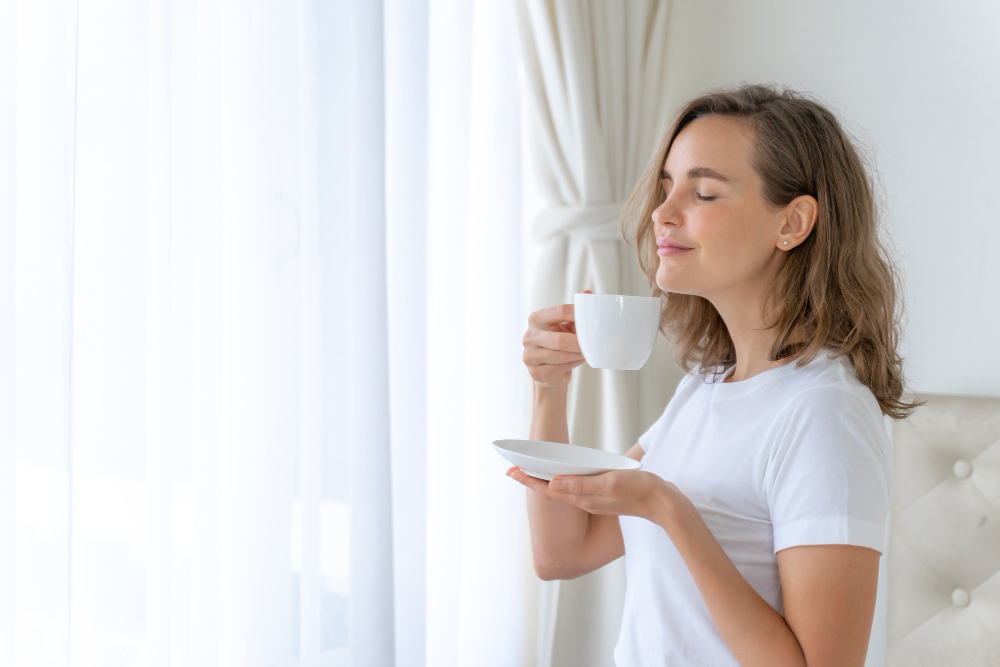Kava Tea and the Modern Wellness Movement

In recent years, the wellness movement has become increasingly popular—prioritizing a healthy lifestyle and taking small actions each day toward feeling your best. This modern idea of wellness takes a holistic approach, encouraging self-care practices, prevention, and sustainability.
Traditional practices—like yoga, taking herbal supplements, exploring plant medicine, and many more—also play a part in wellness today as Western societies have started seeing how beneficial they can be. Let’s take a closer look at kava tea specifically, the benefits of the beverage, and how it plays a role in the modern wellness movement.
What is kava tea?
Kava tea, or kava, is made by grinding the roots of Piper methysticum, a plant found in the Pacific Islands. For thousands of years throughout the South Pacific, island natives have used the kava drink ceremonially to promote feelings of relaxation, happiness, and inner peace.
What are kava’s benefits?
Though traditional pharmaceuticals have their place in many situations, some opt for more natural means of support. The ancient practice of drinking kava tea has many benefits and is often used as an alternative healing method within the modern wellness movement.
The beneficial properties of kava depend on the chemotype of the strain. Each type of kava is made up of a chemotype that essentially rates each of the alkaloids within that strain from most prevalent to least. This helps determine what you’ll primarily experience by drinking that specific strain. While some types of kava promote better sleep, others offer more mood-boosting qualities. Some help primarily with pain relief while others promote creativity.
Though kava isn’t exactly a cure for anxiety, it has properties that can help reduce symptoms of anxiety. For some, general anxiety can create feelings of irritability, restlessness, muscle tension, and trouble sleeping. Enjoying high-quality kava may help relieve those symptoms.
Many types of kava have properties that help calm restlessness as well as ease muscle pain and tension. Similarly, kava’s sedating and relaxing properties mean that enjoying it before bed may mean falling asleep faster and sleeping more soundly when you do drift off.
Other varieties of kava encourage socialization, though it’s still best to enjoy the beverage in a dimly lit environment with friends. Some strains are more mentally stimulating and can help boost creativity.
Making it a ritual
An important part of modern wellness revolves around turning routine into ritual—allowing each action to be intentional and mindful. Enjoying kava should be just that—a ritual. Unlike alcohol, kava isn’t an intoxicant. Instead of ingesting it mindlessly, it’s important to sip the tea with intention.
Because kava has properties that promote drowsiness, it’s a good idea to let it be your last drink of the day. You may sit with kava on your own as a way to wind down and reconnect with yourself at the end of the day. If you’re looking for a more social environment, kava bars are becoming increasingly popular throughout the United States.
Another major focus of the modern wellness movement is the idea of prevention. Drinking kava regularly may help prevent feelings of anxiousness and stress. Instead of waiting until those feelings creep up, allow drinking kava tea to be a consistent ritual as a means of potential prevention.
A final note
It’s always a good idea to speak with a healthcare professional before making any major lifestyle shifts. If you do decide to incorporate the drink into your wellness practice, finding a high-quality, organically-grown kava supply is crucial for having the best experience possible with the plant.

